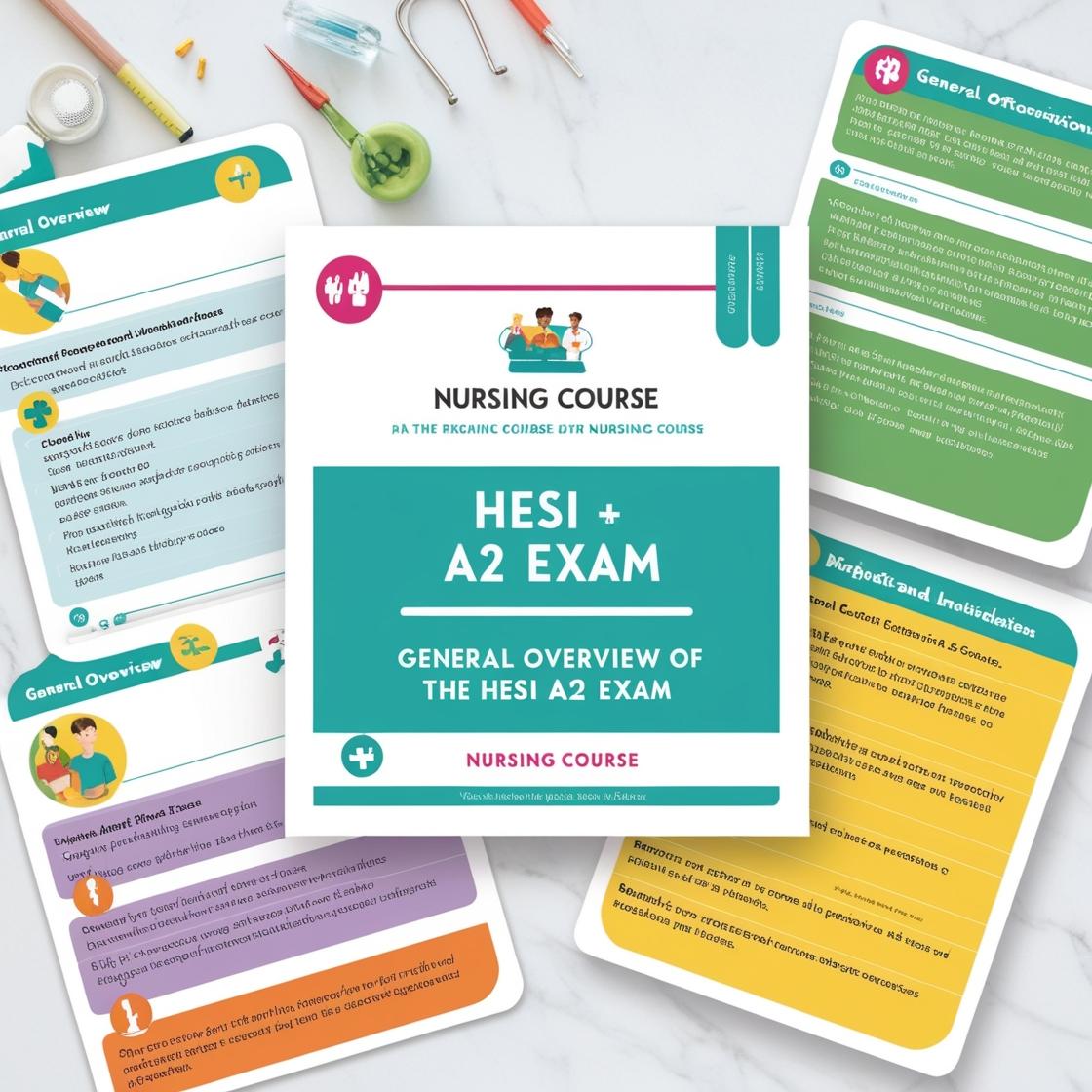HESI A2
HESI A2 Math 2024
1. Add and simplify: 4⅔ + 6½ =
- A. 11⅙
- B. 10⅓
- C. 9⅙
- D. 9
Correct answer: C
Rationale: To add 4⅔ and 6½, we first need to convert the fractions to have the same denominator. Converting 4⅔ to 6ths gives us 8/6, and 6½ to 6ths gives us 7/2. Adding them together gives 15/2, which simplifies to 7½ or 9⅙. Therefore, the correct answer is 9⅙. Choices A, B, and D are incorrect as they do not represent the correct sum of the fractions after conversion and simplification.
2. Divide: 5,117 ÷ 31 =
- A. 109 r3
- B. 115 r14
- C. 133 r5
- D. 165 r2
Correct answer: D
Rationale: When dividing 5,117 by 31, the quotient is 165 with a remainder of 2. The correct answer is 165 r2. Choices A, B, and C are incorrect as they do not reflect the correct division result. Choice A is close but has the wrong remainder. Choices B and C have incorrect quotients and remainders, making them inaccurate. Therefore, the correct answer is D, 165 r2.
3. Donald earns 8% of the selling price of each house he sells. If he sells a house for $152,000, how much does he earn?
- A. $12,160
- B. $12,160
- C. $19,000
- D. $21,600
Correct answer: B
Rationale: To calculate how much Donald earns from selling a house for $152,000 at an 8% commission rate, we multiply the selling price by the commission rate: $152,000 x 0.08 = $12,160. Therefore, he earns $12,160. Choice A, $12,160, is the correct answer as calculated. Choices C and D are incorrect amounts as they do not result from the given information. Choice C, $19,000, is significantly higher than the correct calculation, and choice D, $21,600, is the result of incorrectly adding the commission to the selling price instead of calculating the commission earned.
4. Divide: 5 ÷ 9 =
- A. 0.05
- B. 0.5
- C. 5
- D. 50
Correct answer: B
Rationale: When dividing 5 by 9, you are finding how many times 9 can fit into 5. Since 9 is greater than 5, the result will be less than 1. Therefore, 5 ÷ 9 equals 0.555... which is approximately 0.5. Choice A (0.05) is incorrect because it implies a smaller value than the correct answer. Choice C (5) is incorrect as it is not the result of dividing 5 by 9. Choice D (50) is incorrect as it is a much larger value than the correct answer.
5. A recent census of visitors to a popular beach showed that there was a ratio of 6:16 surfers to swimmers. Which of the following is a possible actual number of surfers and swimmers at the beach?
- A. 62:45
- B. 72:210
- C. 125:00
- D. 219:20
Correct answer: B
Rationale: The ratio given is 6:16, which can be simplified to 3:8 by dividing both sides by 2. This means that for every 3 surfers, there are 8 swimmers. To find a possible number of surfers and swimmers that fit this ratio, we can multiply both parts of the ratio by a common factor. Multiplying 3 and 8 by 24 gives us 72 surfers and 210 swimmers, which makes answer choice B the correct option. Choice A, C, and D do not reflect the ratio of surfers to swimmers given in the question.
Similar Questions

Access More Features
HESI A2 Basic
$89/ 30 days
- 3,000 Questions with answers
- 30 days access @ $89
HESI A2 Premium
$129.99/ 90 days
- Actual HESI A 2 Questions
- 3,000 questions with answers
- 90 days access @ $129.99
